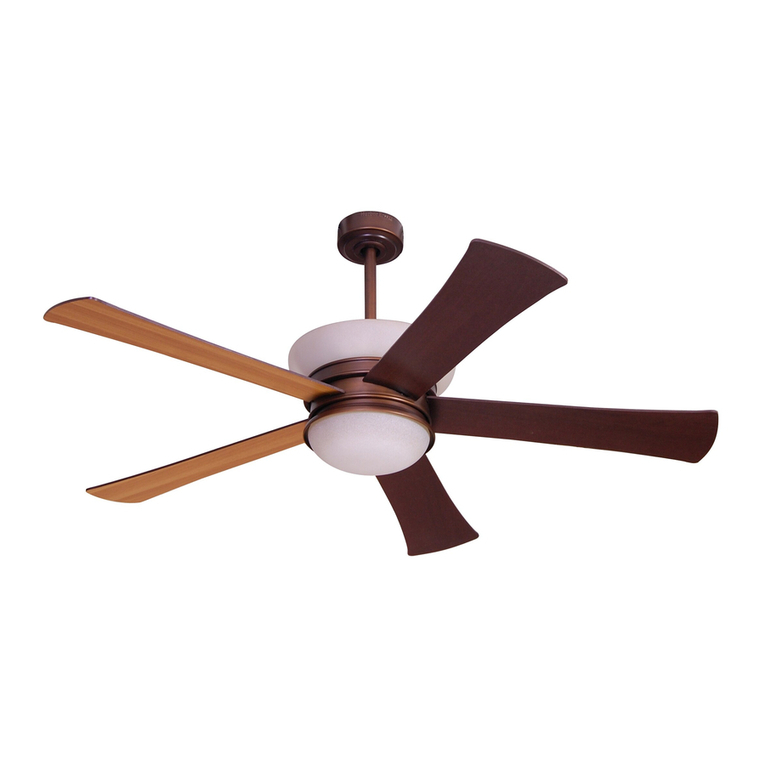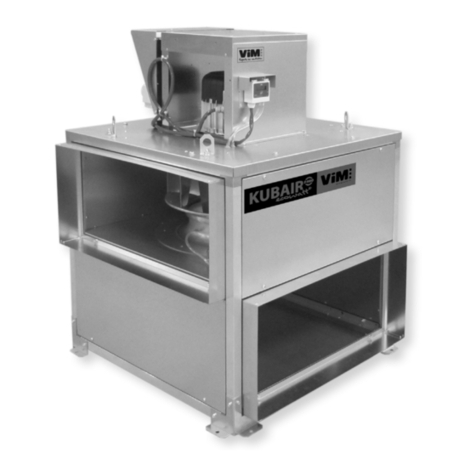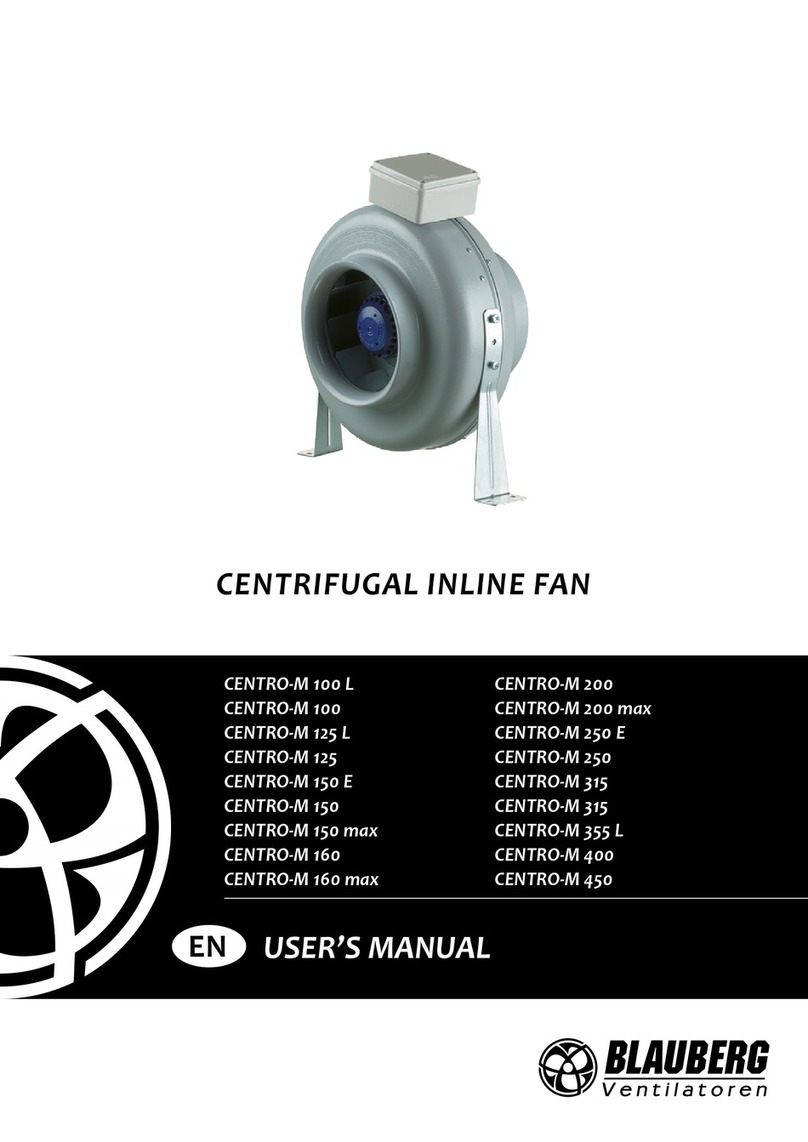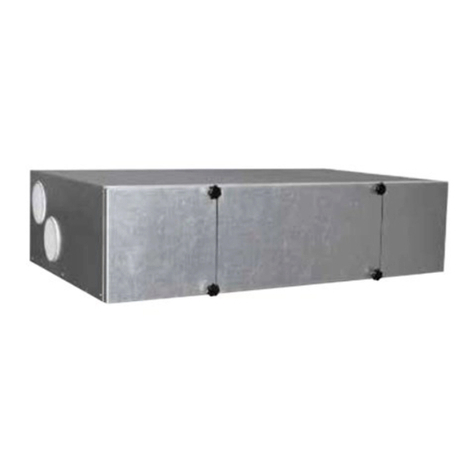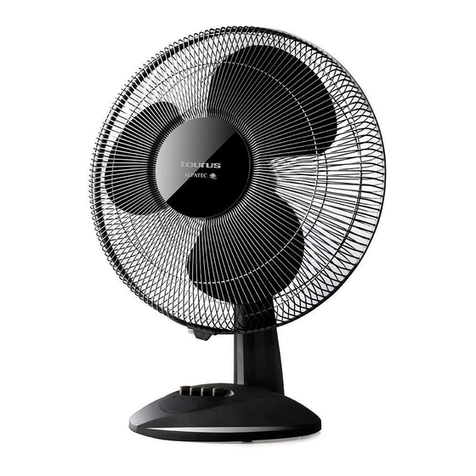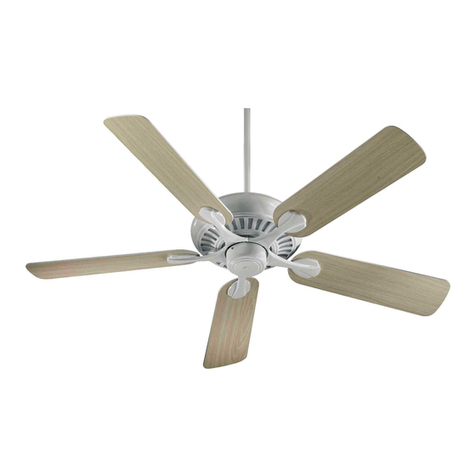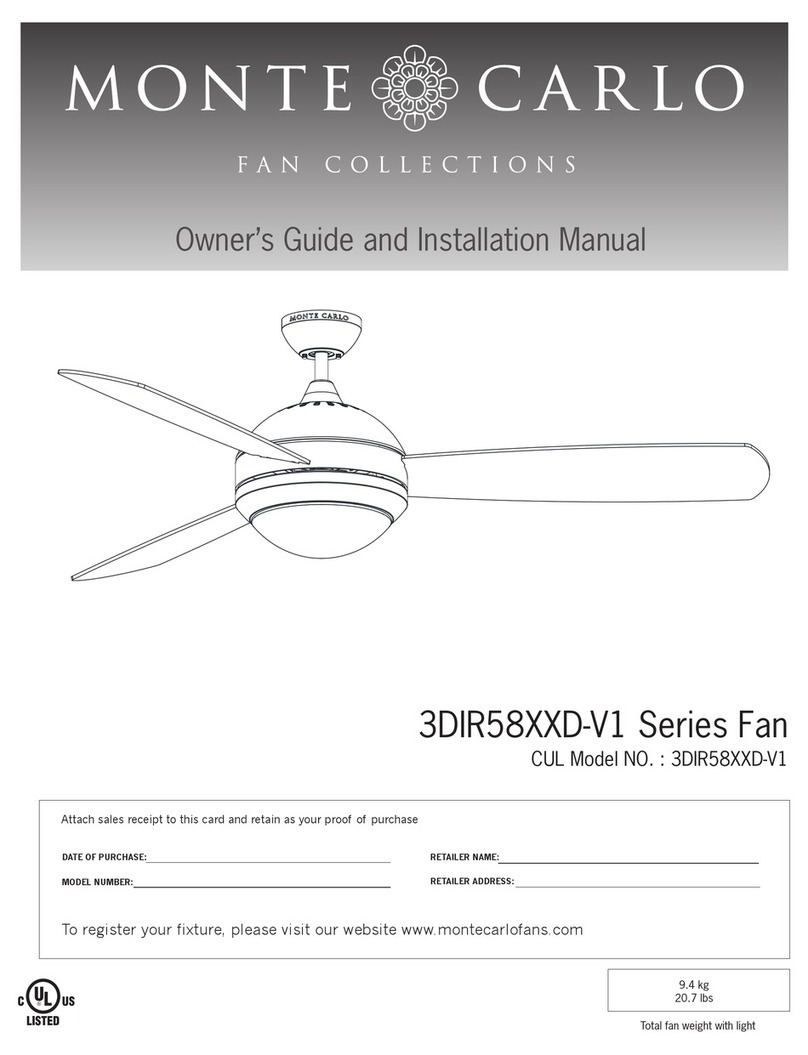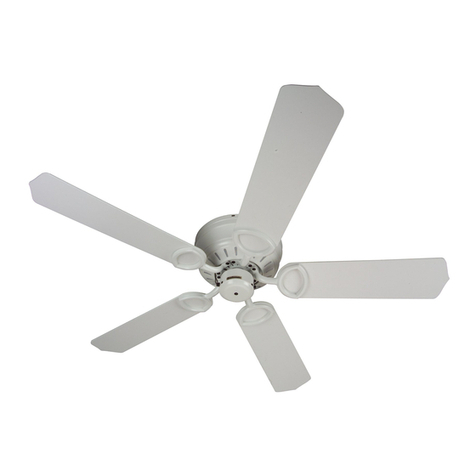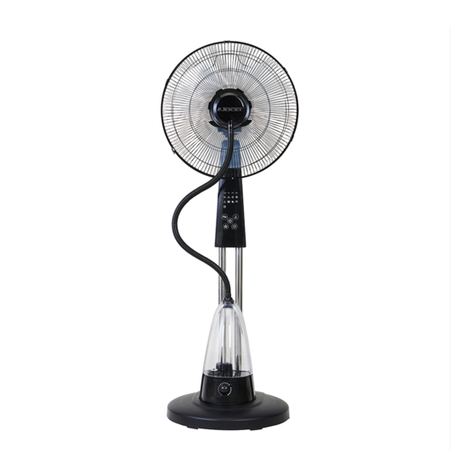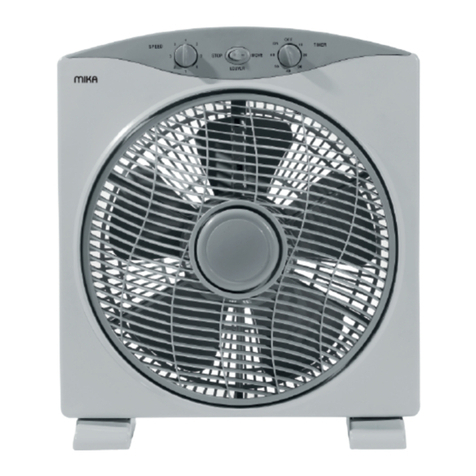
Air Science® 120 6th Street \Fort Myers, FL 33907 \T239-489-0024 \Toll Free 800-306-0656 \F800-306-0677 \www.airscience.com
2 \ USER OPERATION MANUAL: Vent-Box
Table of Contents
Safety Warnings / Symbols ................................................................3
Limitation of Liability .....................................................................3
Warranty...............................................................................4
Customer Satisfaction Survey ..............................................................4
I. Product Information .............................................................. 5
II. Unpacking Your Vent-Box ......................................................... 5
2.1 Step-By-Step Procedure................................................................5
2.2 Packaging Contents ...................................................................6
III. Installing Your Vent-Box .......................................................... 7
3.1 Choosing a Suitable Location ...........................................................7
3.2 Environmental / Electrical Conditions .....................................................7
3.3 Installing Your Vent-Box ................................................................8
3.4 Set Up..............................................................................9
3.5 Performance Validation / Certication....................................................10
3.6 Importance of Performance Validation / Certication........................................10
3.7 Disclaimer..........................................................................10
IV. Operating Your Vent-Box ........................................................ 11
4.1 Control System ......................................................................11
4.2 Vent-Box Operating Procedure .........................................................12
V. Monitoring ................................................................... 13
5.1 General ............................................................................13
5.2 Manual Monitoring...................................................................13
VI. Maintenance ................................................................. 14
6.1 General............................................................................14
6.2 General Cleaning ....................................................................14
6.3 Pre-Filters ..........................................................................14
6.4 Changing Out Filters .................................................................14
6.5 Maintenance Schedule................................................................16
6.6 User Monthly Maintenance Schedule ....................................................16
6.7 Fault Finding .......................................................................17
6.8 Replacement Parts List ...............................................................18
VII. Filter Information ............................................................. 19
7.1 Filter Descriptions....................................................................19
VIII. Product Specications ......................................................... 20

